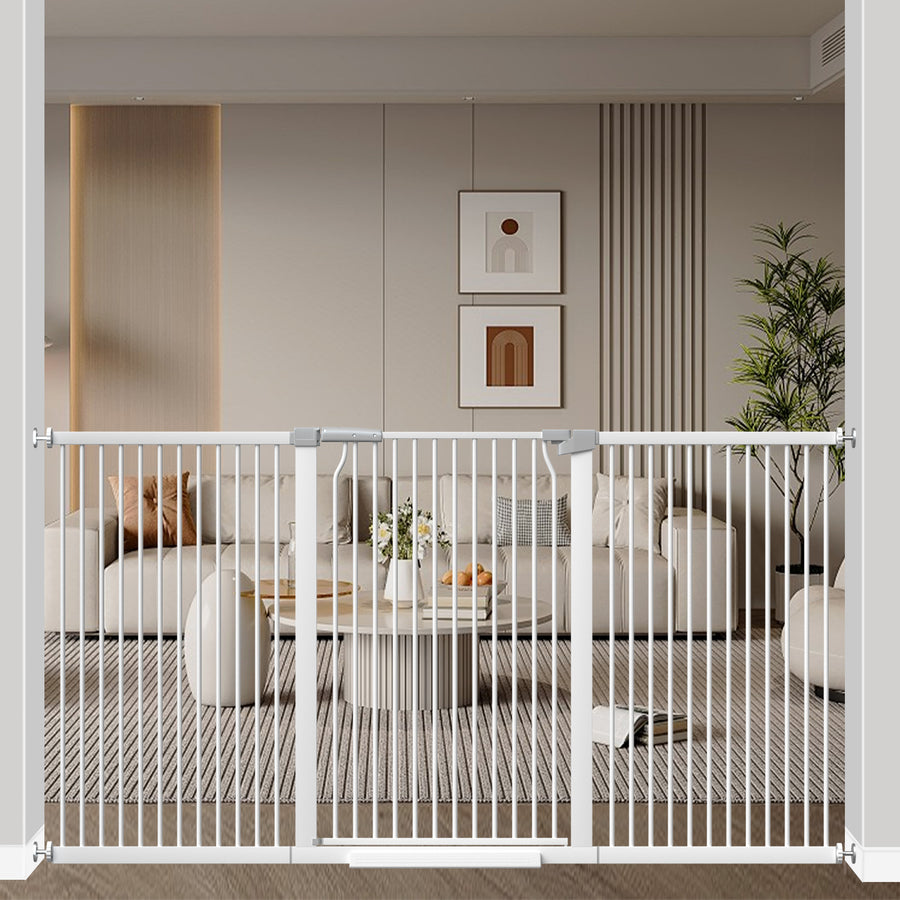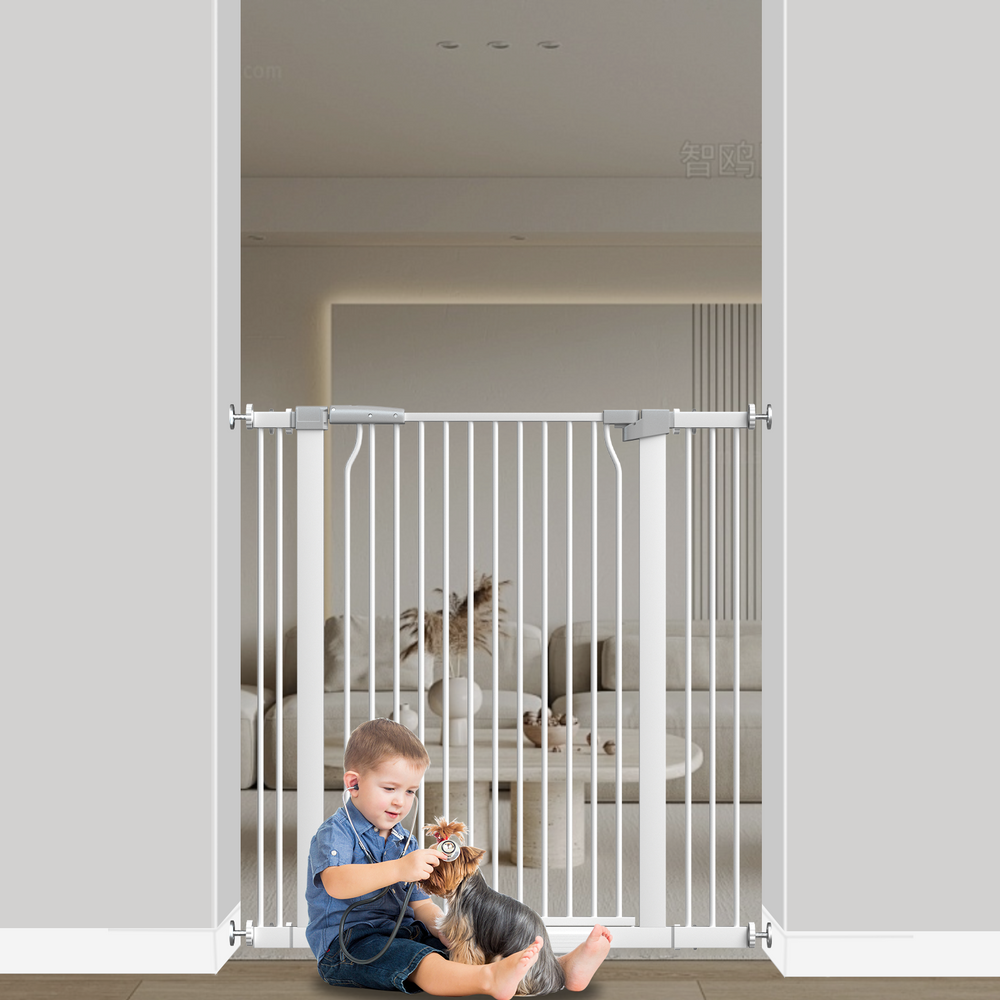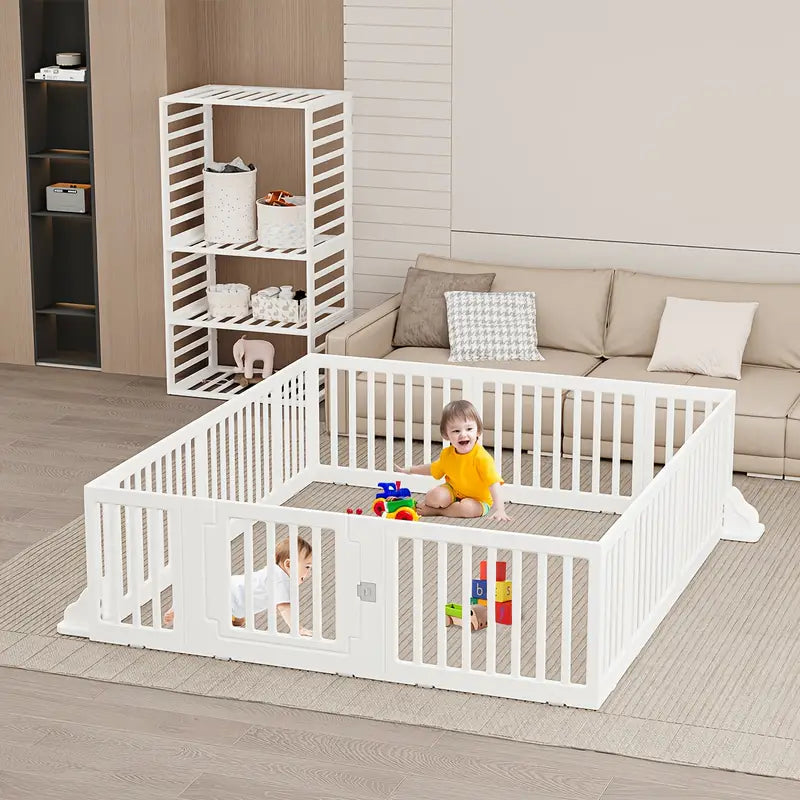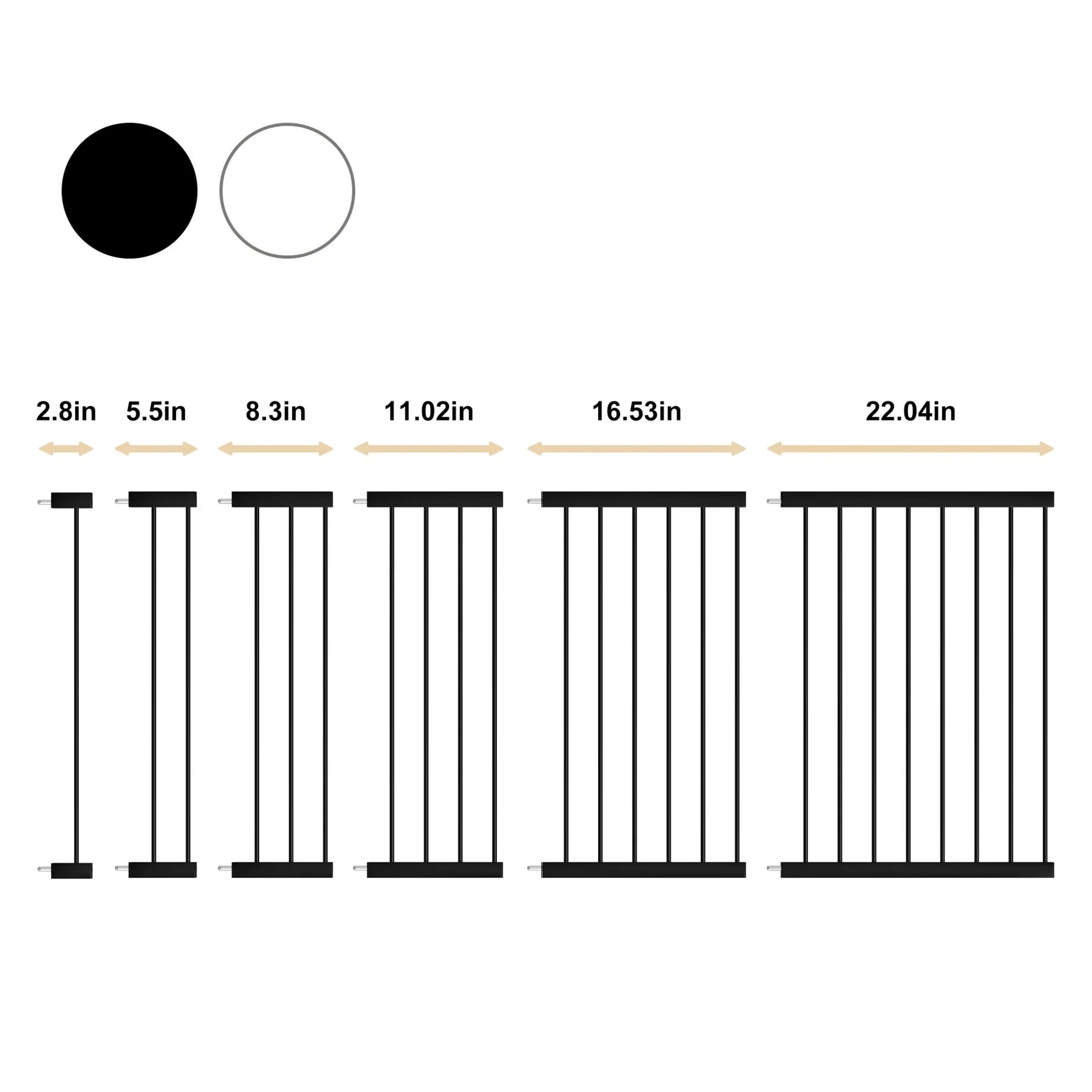Essential Kitchen Safety Tips for Toddlers: Keeping Your Little Ones Safe While Cooking
Understanding Kitchen Hazards

The kitchen, while a hub of culinary creativity, is also full of potential dangers, especially for toddlers. It's important to be aware of these risks to keep your little ones safe while you cook. Let's break down the most common kitchen hazards.
Identifying Common Kitchen Dangers
Kitchens are full of things that can hurt a child. From sharp objects to hot surfaces, it's like a minefield for curious toddlers. Being aware of these dangers is the first step in preventing accidents. Here's a quick rundown:
- Sharp objects: Knives, graters, and even vegetable peelers can cause cuts.
- Hot surfaces: Stovetops, ovens, and even recently used pots and pans can cause burns.
- Chemicals: Cleaning supplies, detergents, and even some food items can be poisonous if ingested.
- Choking hazards: Small food items like grapes, nuts, and hard candies can be choking hazards for young children.
- Electrical hazards: Appliances like blenders, toasters, and mixers can cause electric shock if not used properly.
Recognizing Hot Surfaces and Sharp Objects
Hot surfaces and sharp objects are probably the most obvious dangers in the kitchen. But it's not enough to just know they're there; you need to actively teach your child about them. Make sure they understand what "hot" means and that touching hot surfaces can cause pain and injury. Similarly, explain that knives and other sharp objects are not toys and should only be handled by adults. Consider using visual aids, like pictures or diagrams, to help them understand the dangers. You can also use role-playing to practice safe behavior around hot surfaces and sharp objects. For example, pretend to touch a hot stove and then act out the pain and injury that would result. This can help them understand the consequences of their actions and make them more likely to avoid these dangers.
Understanding Chemical Risks
Chemicals in the kitchen pose a significant risk to toddlers, who are naturally curious and prone to putting things in their mouths. Cleaning supplies, detergents, and even some food items can be poisonous if ingested. It's important to store these items safely and teach your child about the dangers of chemicals. Here are some tips for managing chemical risks in the kitchen:
- Store all chemicals in a locked cabinet or out of reach of children. Consider using child safety locks on cabinets that contain chemicals.
- Never transfer chemicals to containers that look like they might hold food or drinks. This can confuse children and lead them to accidentally ingest the chemicals.
- Teach your child that chemicals are not food and should never be tasted or swallowed. Explain that chemicals can make them very sick.
- Always read the labels on chemical products carefully and follow the instructions for safe use and storage. Be aware of the potential hazards and take precautions to protect your child.
- Consider using non-toxic cleaning supplies whenever possible. These products are less harmful if ingested and can reduce the risk of poisoning.
It's also a good idea to keep the poison control center number readily available in case of an emergency. You can post it on the refrigerator or keep it in your phone. In the event that your child ingests a chemical, call the poison control center immediately for guidance.
Supervision and Adult Guidance
Importance of Constant Supervision
Okay, so, this might seem obvious, but you really can't leave kids alone in the kitchen, especially when you're cooking. It's not just about preventing accidents; it's about teaching them. Think of it as an investment in their future safety and culinary skills. I remember one time I left my little cousin alone for literally two minutes to grab something from the living room, and he had already climbed onto the counter trying to reach the cookie jar. Constant supervision is key to preventing those kinds of situations.
Teaching Safe Cooking Practices
It's not enough to just watch them; you have to actively teach them. Start with the basics: how to properly wash hands, where things go, and why we don't touch hot surfaces. Make it fun! Turn it into a game. My aunt used to have a "kitchen helper" chart with stickers for each task completed safely. It sounds silly, but it worked! Also, explain why certain rules are in place. Kids are more likely to follow rules if they understand the reasoning behind them. For example, explain why we use oven mitts instead of towels to handle hot pans.
Setting Boundaries in the Kitchen
Boundaries are super important. Kids need to know what areas are off-limits and what tools they can't touch without permission. This could mean designating a specific "safe zone" in the kitchen where they can play or help with tasks that don't involve heat or sharp objects. It's also about teaching them to ask before using anything. I've found that clear, consistent boundaries actually make kids feel more secure and confident in the kitchen. It's like, they know what's expected of them, and that makes them feel empowered to participate safely. Think about setting up a child safety checklist to make sure you've covered all the bases.
Establishing clear boundaries in the kitchen is not just about preventing accidents; it's about teaching children respect for tools, ingredients, and the cooking process itself. It's about instilling a sense of responsibility and awareness that will serve them well beyond the kitchen.
Essential Hygiene Practices
Washing Hands Before Cooking
Okay, this one seems obvious, but it's so important, especially when you've got little hands helping out. Make sure everyone washes their hands thoroughly with soap and warm water for at least 20 seconds before even thinking about touching food. It's not just about getting rid of visible dirt; it's about killing those sneaky germs that can cause trouble. Sing "Happy Birthday" twice – that's about the right amount of time. And don't forget to scrub under those fingernails!
Keeping a Clean Cooking Environment
It's not just about washing hands; it's about keeping the whole kitchen area clean. Wipe up spills immediately. Don't let dirty dishes pile up. A clean kitchen is a safe kitchen. Plus, it teaches kids responsibility and good habits. Here's a quick checklist:
- Wipe down counters after use.
- Wash dishes promptly.
- Sweep or mop up spills right away.
- Keep the sink clear of food debris.
A clean kitchen is a happy kitchen. It reduces the risk of cross-contamination and makes cooking a more pleasant experience for everyone involved.
Understanding Food Safety
This is where things get a little more serious. Teach your kids about the dangers of raw meat, poultry, and eggs. Explain why it's important to cook food to the right temperature and to avoid cross-contamination. For example, don't use the same cutting board for raw chicken and vegetables without washing it thoroughly in between. Also, discourage tasting raw cookie dough foodborne illnesses are no fun! Make sure to store food properly too. Here's a simple guide:
- Raw Meats: Store on the bottom shelf of the fridge to prevent drips.
- Cooked Foods: Keep separate from raw foods.
- Perishables: Refrigerate promptly. Don't leave them at room temperature for more than two hours.
- Leftovers: Use or freeze within 3-4 days. When in doubt, throw it out! It's better to be safe than sorry when it comes to kitchen safety.
Safe Use of Kitchen Tools

Handling Knives and Sharp Utensils
Okay, let's talk knives. Knives are NOT toys, and that's the first thing kids need to understand. We're not just talking about big chef's knives either; even a paring knife can do some damage.
Here's the deal:
- Always use a cutting board. No exceptions.
- Cut away from your body, and keep your fingers out of the path of the blade.
- When you're done, don't just leave the knife on the counter. Wash it carefully and put it away in a safe place, like a knife block or drawer with a knife guard.
It's a good idea to start kids with safer options, like spreading knives or even plastic knives, before moving on to sharper ones. Supervise them closely, and show them the right way to hold and use a knife.
Using Appliances Safely
Appliances are great, but they can also be dangerous if you don't know what you're doing. Blenders, food processors, mixers – they all have moving parts that can cause injury.
Some rules to follow:
- Always make sure appliances are unplugged when you're not using them, especially when cleaning.
- Never stick your fingers or anything else into an appliance while it's running.
- Read the instructions! I know, it's boring, but it's important to understand how each appliance works and what the safety precautions are. For example, some appliances have a child safety lock feature.
Understanding the Importance of Cutting Boards
Cutting boards aren't just for protecting your countertops; they're also important for food safety.
Here's why:
- They provide a stable surface for cutting, which reduces the risk of slipping and cutting yourself.
- They prevent cross-contamination. Use separate cutting boards for raw meat, poultry, and seafood, and for fruits and vegetables. This will help prevent the spread of bacteria.
- They're easier to clean than countertops. After each use, wash your cutting board with hot, soapy water. You can also sanitize it with a diluted bleach solution. I usually throw mine in the dishwasher for a thorough cleaning.
| Cutting Board Type | Pros | Cons |
|---|---|---|
| Wood | Durable, gentle on knives, naturally antibacterial | Can be difficult to clean, may harbor bacteria if not properly cared for |
| Plastic | Easy to clean, dishwasher safe, inexpensive | Can dull knives, may harbor bacteria if scratched |
| Bamboo | Sustainable, durable, naturally antibacterial, easy to clean | Can be more expensive than plastic, may split or crack if not cared for |
| Glass/Ceramic | Easy to clean, doesn't absorb odors or flavors | Can dull knives quickly, can be slippery |
Managing Heat and Fire Risks
Teaching Kids About Hot Surfaces
It's super important to teach kids about what gets hot in the kitchen. I mean, really hot. We're talking stovetops, oven doors, the sides of toasters – anything that can cause a nasty burn. Make it clear that these aren't things to touch without permission or protection. A good way to do this is to point out hot things before they're turned on, and then again when they're hot, so they can see the difference. You can even use a visual aid, like a sticker, to mark hot areas. It's all about building awareness. Make sure they understand the concept of burn injuries.
Using Oven Mitts and Potholders
Oven mitts and potholders are not optional; they're essential gear. Show your kids where they're kept and how to use them properly. No grabbing a hot pan with just a dish towel! That's a recipe for disaster. Make sure the mitts fit well, too – oversized mitts can be just as dangerous as no mitts at all. Practice picking up a cool pan with the mitts so they get the hang of it. It's also a good idea to teach them to announce when they're carrying something hot, so everyone else knows to stay clear. Here's a quick guide:
- Always use oven mitts or potholders when handling hot items.
- Check for holes or tears before using.
- Replace worn-out mitts and potholders immediately.
Understanding Fire Safety Protocols
Okay, this is serious stuff. Kids need to know what to do if there's a fire. First, make sure everyone knows where the fire extinguisher is and how to use it (though, let's be real, younger kids just need to know to get out and tell an adult). Teach them about smoke detectors and what the alarm sounds like. Have a fire escape plan and practice it regularly. It might seem like overkill, but it could save lives. Also, make sure they know never to play with matches or lighters.
It's a good idea to have a designated meeting spot outside the house in case of a fire. This way, you can quickly account for everyone and make sure no one is left behind. Regularly review the escape plan with your kids, and make sure they understand the importance of getting out quickly and safely.
Here are some key points to cover:
- Know the sound of the smoke alarm.
- Have a fire escape plan.
- Never play with fire.
Emergency Preparedness in the Kitchen
Knowing How to Respond to Accidents
Kitchen accidents happen, even with the best precautions. It's important to have a plan and know how to react quickly and effectively. The first step is to stay calm. Assess the situation, and if it's a minor incident like a small cut or burn, address it immediately. For more serious incidents, call for help. Make sure your kids know where the first aid kit is and how to call for help in an emergency.
Teaching Basic First Aid
Equipping your kids with basic first aid knowledge is a game-changer. Start with simple things like cleaning and bandaging minor cuts, applying cold water to small burns, and recognizing signs of choking. Consider enrolling in a first aid course together as a family. It's also a good idea to have a chart with basic first aid instructions posted in an easy-to-see spot.
Understanding the Use of Fire Extinguishers
Fire safety is paramount in the kitchen. Every household should have a fire extinguisher, and everyone, including older children, should know where it is and how to use it.
It's not enough to just have one; you need to know how to operate it. Teach your kids the PASS method: Pull the pin, Aim at the base of the fire, Squeeze the handle, and Sweep from side to side. Practice using a fire extinguisher (outside, of course!) so everyone feels comfortable in an emergency. Also, make sure you have a working smoke detector and check it regularly.
Here's a simple checklist for fire safety:
- Know the location of the fire extinguisher.
- Understand how to use it (PASS method).
- Ensure smoke detectors are working and tested monthly.
- Have a fire escape plan and practice it regularly.
Creating a Safe Cooking Space
Organizing Kitchen Tools and Ingredients
Keeping your kitchen organized is the first step in making it safe for everyone. Think about how you can arrange things so that the stuff you use most often is easy to get to, and the things that could be dangerous are out of reach. For example, sharp knives should be stored in a block or on a high shelf, and cleaning supplies should be kept in a locked cabinet. This way, you can reduce the risk of accidents and make cooking a more enjoyable experience for everyone involved. Consider using clear containers for ingredients so kids can easily identify them without having to open everything. This helps prevent accidental spills and keeps things tidy. Also, make sure there's enough space to move around without bumping into things. A cluttered kitchen is a dangerous kitchen!
Childproofing the Kitchen Environment
Childproofing your kitchen is super important, especially when you have toddlers running around. It's all about taking steps to prevent accidents before they happen. Here are a few things you can do:
- Install safety latches on cabinets and drawers to keep kids away from dangerous items like cleaning supplies and sharp objects. You can find child safety locks at most hardware stores.
- Use stove knob covers to prevent kids from turning on the stove accidentally. These are easy to install and can give you peace of mind.
- Make sure all electrical cords are out of reach. You can use cord shorteners or tie them up to keep them from dangling.
Childproofing isn't just about preventing accidents; it's about creating a space where kids can explore and learn without getting hurt. It's an investment in their safety and well-being.
Establishing a Safe Cooking Area
Setting up a designated safe cooking area is a great way to keep kids involved while minimizing risks. This could be a specific section of the counter or a small table nearby. Here's how to make it work:
- Define the space: Clearly mark the boundaries of the safe zone. This could be with tape or a placemat. Make sure kids know that this is their area and that they shouldn't go beyond it without permission.
- Provide age-appropriate tools: Give kids tools that are safe for them to use, like plastic knives, mixing bowls, and measuring cups. This allows them to participate in the cooking process without the risk of getting hurt. You can even get them their own toy box with safe play items to keep them entertained.
- Supervise closely: Even with a safe cooking area, it's important to supervise kids closely. This way, you can make sure they're using the tools correctly and that they're not getting into anything they shouldn't be. Remember, constant supervision is key to preventing accidents.
Wrapping It Up: Safety First in the Kitchen
In conclusion, keeping your little ones safe in the kitchen is all about being proactive and aware. It's a fun place where kids can learn and help out, but it also has its risks. By following these simple safety tips, you can create a safer cooking environment for your toddlers. Remember, supervision is key, and teaching them the right habits early on will set them up for success. So, get them involved, but always keep an eye on them. Happy cooking!






Leave a comment